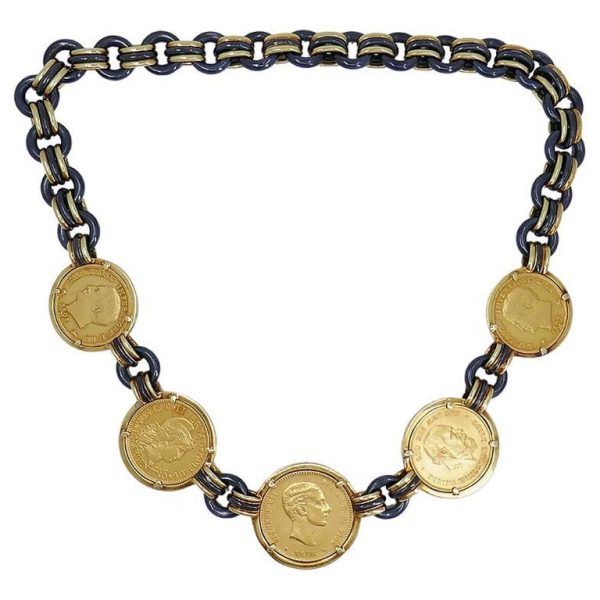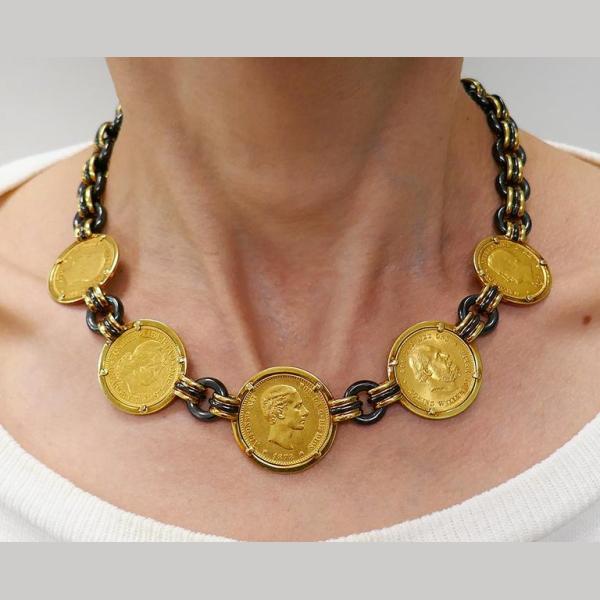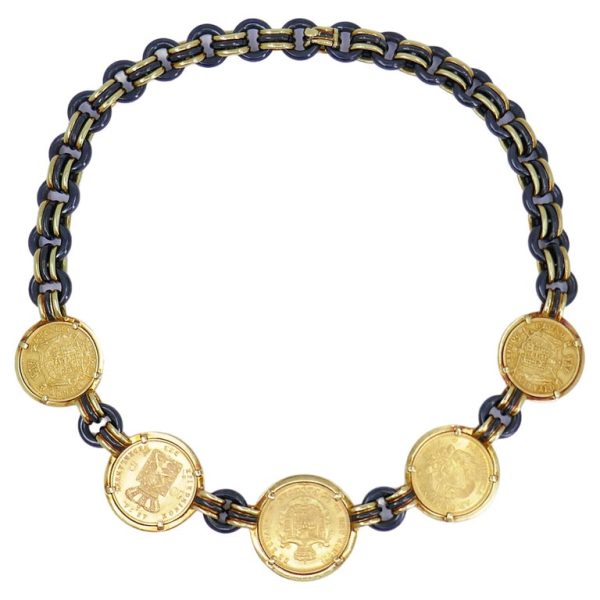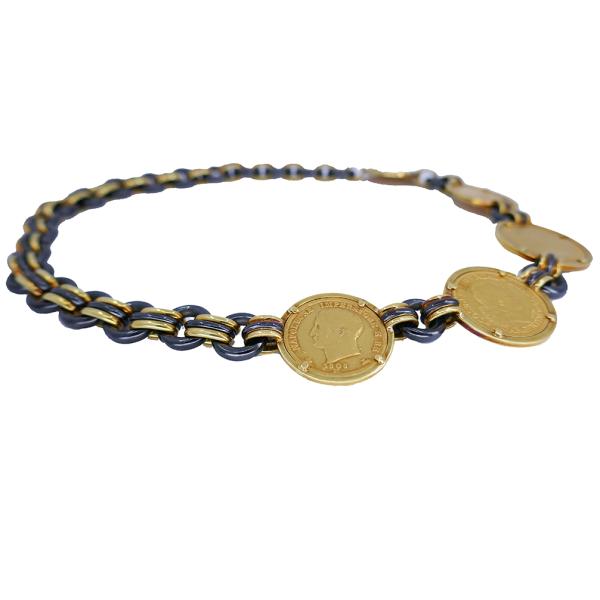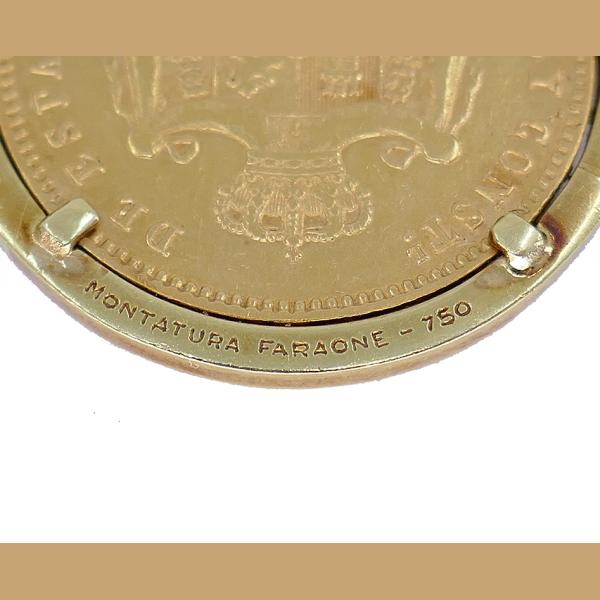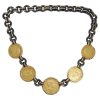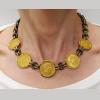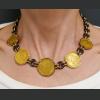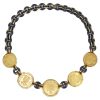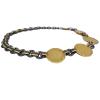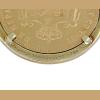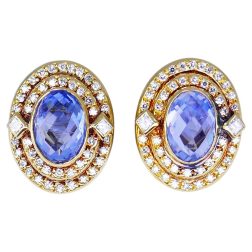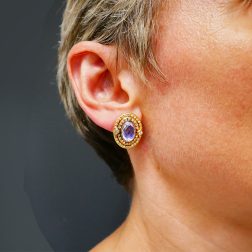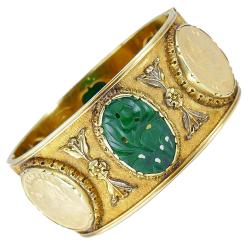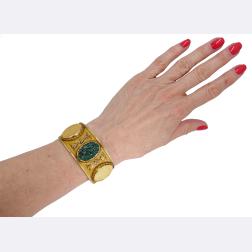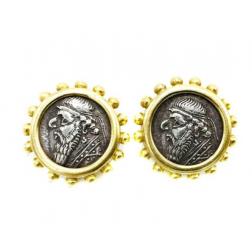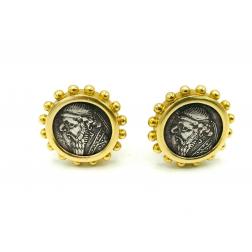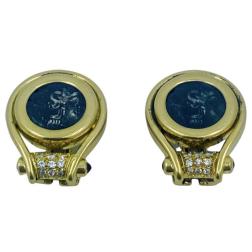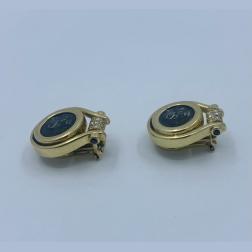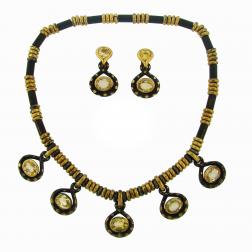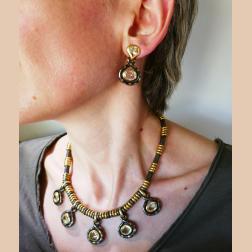About Faraone Brand
The Italian jewelry house Faraone has over a 160-year long history which began in 1856 in Florence. Consistently making luxury pieces by interpreting the client’s dreams into works of jewelry art, the company acquired a great reputation of the “family jeweler”. After World War I, Faraone opened their first salon in Milan. It was a right move as the Milanese admired Faraone’s style. Since the 1960s the House’s business has been thriving.
Today the Italian maker offers two collections. The One of a Kind embodies traditional excellence and exclusivity. The other, called MonteNapoleone, revolves around Faraone’s ‘F’ icon and is targeted at a younger clientele.
Faraone is known as the former jeweler of Italy’s royal Savoy family and opera diva Maria Callas. However, their regular clients know Faraone’s service as all-rounded. Besides selling luxury jewels, the company offers jewel exchange and auction sales.
In the 1960s the Settepassi family, well-established and highly respected Italian jewelry experts, took over the brand’s leadership. Under their guidance Faraone started to work closely with Tiffany & Co. This partnership lasted from the 1980s to 2001.
Today the House is independent again. Being helmed by Cesare Settepassi, the company returned to their roots of making high-end jewelry with a customer-oriented, family-owned store’s approach. Today Faraone offers ready-to-wear collections for younger clients, an unprecedented move in the sophisticated jeweler’s history.
About Italian jewelry
Italian Jewelry History –
Italian jewelry style is deeply rooted in the history of the region. The beginning of it can be marked as far as 700 BC. What we consider today as the Italian style was impacted by the ancient Greek, Roman and Etruscan cultures.
Italian jewelry of all time is mostly made of yellow gold. This metal has been favored the most by the Italian makers. In the Etruscan region goldsmiths developed such processes as alloying and engraving, also the granulation method got perfected and became a signature.
In the later Middle Ages, the most sought-after jewelry pieces came from Vicenza and Florence. During the Renaissance era, the art of jewelry making was as important as painting and architecture. Later, in the Baroque era, jewelry design shifted from bold and straightforward pieces to intricate and more detailed.
Today Italian jewelry style and look depends on a certain maker. However, “made in Italy” jewelry always relates to luxurious lifestyle, timeless design, and exquisite manufacturing.
Italian Jewelry in the 1970s –
The 1970s marked an era of unique and distinctive styles in the world of Italian jewelry. During this time, Italy played a leading role in shaping jewelry trends. It was the era of bold designs, innovative materials, and a fusion of traditional craftsmanship with modern influences.
Designers of the 1970s experimented with a wide range of materials, moving beyond the traditional use of gold and precious gemstones. They incorporated coral, turquoise, mother-of-pearl, resin, and even plastic. This creative use of diverse materials added a playful and unconventional element to the jewelry. The geometric and abstract design trends of the 1970s influenced Italian jewelry. To be in sync with the artistic movements of the era, jewelers integrated symmetrical patterns, angular shapes, and fluid lines.
A fearless approach to design and a strong connection to the cultural movement continue to influence Italian jewelry design and fashion to this day.
Italian Chains –
In Italy chain production started somewhere back to the ancient times, as braided chains were found in Ur and Uppsala at the archaeological sites. They were crafted by using knitting technique and were precursors of the modern link chains.
Thanks to Italian makers, we have Figaro, Anchor and Spiga links today. Those links could be a result of reinvented and reimagined Catholic rosaries. In our time Italian gold chains are well-known for its durability and great design.
One of the Italian makers, UnoAErre, gave 18k gold Italian chains a worldwide fame in the 1980s. Gucci became a synonym of anchor chains. Tubogas design invented by Bulgari is iconic and used by many designers not only in chains but for making gold tubogas bracelets, earrings and rings.
Italian Makers –
So many great jewelry brands came from Italy, it’s really challenging to mention just a few. Vhernier, Roberto Coin, Pomellato and of course, Bulgari could be the first who come to mind when we think of the Italian makers.
We also should mention Carlo Weingrill, a jewelry house from Verona. Their high-quality pieces have been sought after in the last few decades. The house has been family owned by four generations of jewelers.
Passing family traditions of workmanship is another staple of Italian jewelry making. Italian cultural heritage, high-skilled makers and great quality materials keep the never-ending popularity of Italian jewelry going.

